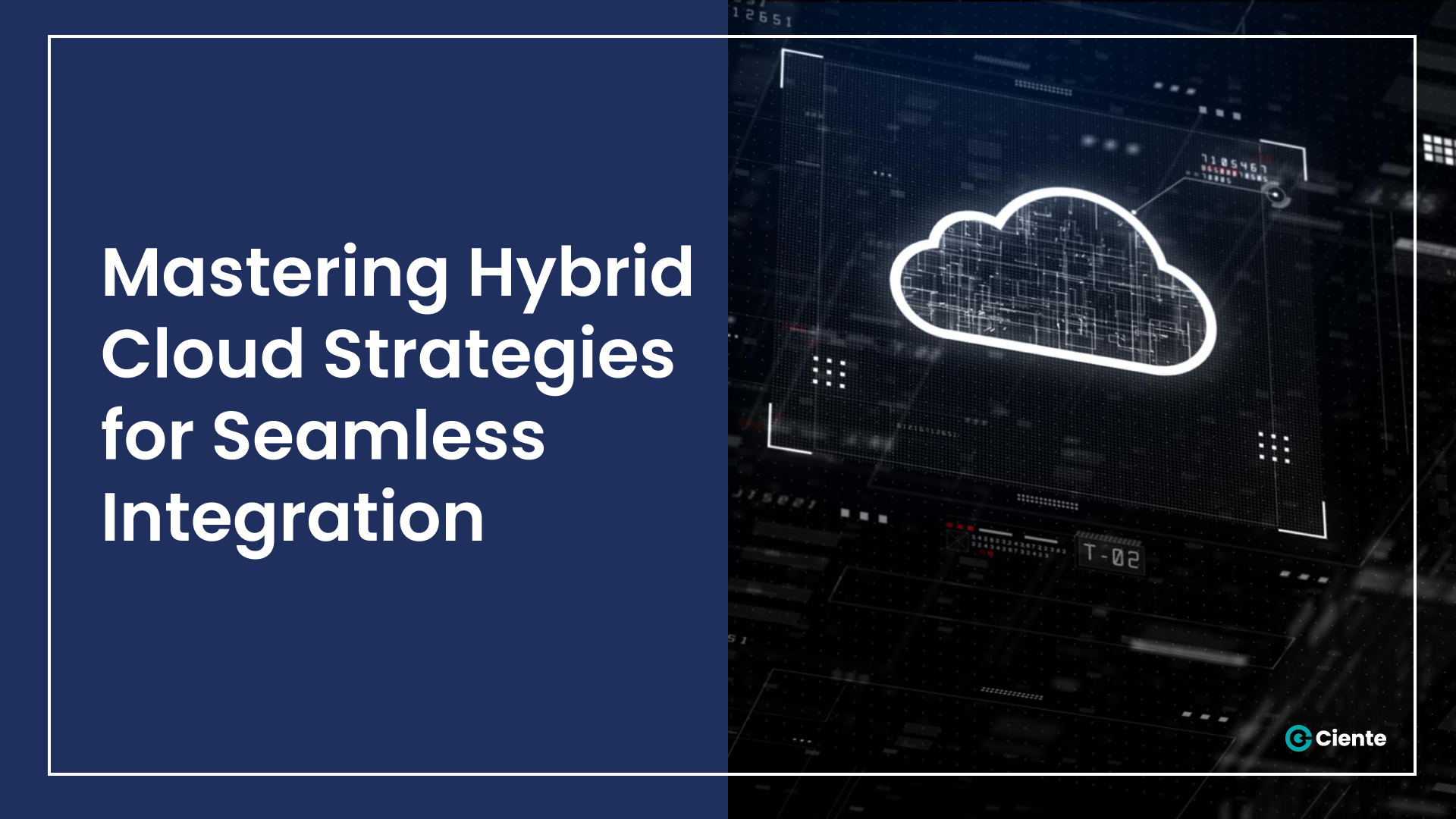
Mastering Hybrid Cloud Strategies for Seamless Integration
Leaders in cloud transformation can feel stuck in limbo. They’ve

Leaders in cloud transformation can feel stuck in limbo. They’ve

Cloud maturity can be messy at a time when organizations

Although cloud gains can be slow, they are significant for